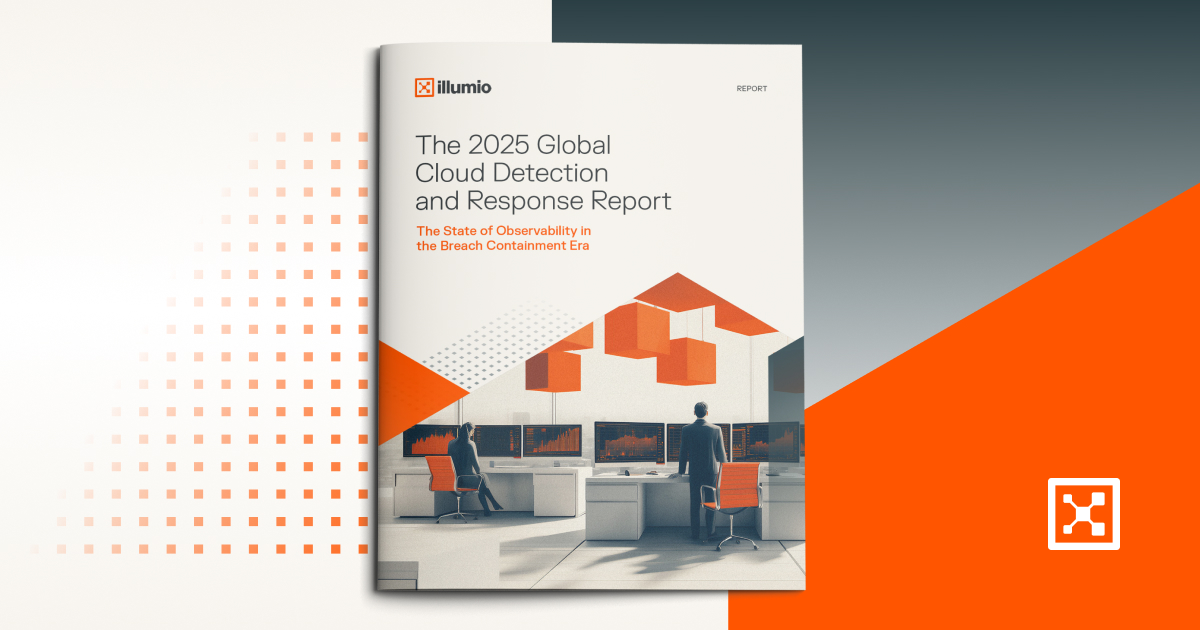Your Overconfidence is Ransomware’s Greatest Ally
Ransomware is no longer just an IT headache — it’s a critical business risk. But the biggest threat isn’t just the attackers. It’s the overconfidence organizations have in their defenses.
The new Global Cost of Ransomware Report, conducted by the Ponemon Institute and commissioned by Illumio, shows a glaring disconnect between cybersecurity perception and reality. 54% of businesses believe they are secure, yet 88% have fallen victim to ransomware attacks.
This overconfidence comes at a staggering cost. The study found that 58% of organizations hit by ransomware were forced to halt operations, a sharp rise from 45% in 2021. Beyond the immediate disruption:
- 40% reported significant revenue loss
- 41% lost customers
- 35% suffered brand damage
These numbers underscore a hard truth: We’re not doing enough to prepare for the reality of ransomware. Here are the most common misconceptions businesses have about protecting against ransomware.
1. Betting on prevention alone
The study highlights the pressing need for a mindset shift. Nearly a third of IT budgets (29%) are dedicated to ransomware defense, yet attacks are still succeeding.
The takeaway? It’s not about how much you spend but how you spend it. The root of the problem is misplaced priorities.
Too many businesses focus on prevention while neglecting resilience. 44% lack the ability to quickly contain attacks. Only 27% have adopted microsegmentation to stop ransomware from spreading. Overconfidence in traditional defenses, like firewalls, detection, and backups, are also weak links.
The takeaway is clear: prevention alone is no longer enough. Organizations that prioritize containment strategies grounded in Zero Trust are better equipped to withstand attacks and bounce back stronger.
2. Ignoring lateral movement
The report highlights another big weakness: lateral movement within networks.
Attackers are taking advantage of unpatched systems to spread through environments, gain more access, and expand their reach. In over half of ransomware cases (52%), this kind of lateral movement played a key role — up from 33% in 2021.
Hybrid and cloud environments make this problem worse. About 35% of organizations said they struggle to respond to ransomware because they can’t see what’s happening across these systems.
These blind spots give attackers more chances to succeed and leave businesses overconfident in defenses that aren’t as strong as they seem.
3. Relying on backups
Backups are one of the biggest examples of misplaced confidence.
The research shows that 52% of organizations think having full and accurate backups is enough to protect against ransomware. But in reality, only 13% of those relying on backups were able to recover all their data after an attack.
Why does this happen? Attackers often damage backups or take advantage of weak recovery plans.
Relying too much on backups shows a bigger problem. Many organizations focus on preventing attacks instead of planning for what to do when an attack happens. They’re trying to keep hackers out instead of being ready to contain the damage.
The path forward: Assume breach, build resilience
The illusion of security must be replaced with a strategy rooted in reality: assume breaches will happen and focus on building resilience against ransomware.
Zero Trust, backed by microsegmentation, is the way forward. By isolating important systems and stopping attackers from moving through networks, businesses can keep breaches from causing major harm.
Ransomware isn’t going anywhere. But sticking to outdated strategies doesn’t have to be part of the plan. It’s time to reduce your risks, contain threats, and build stronger defenses.
Download your free copy of The Global Cost of Ransomware Study today.


